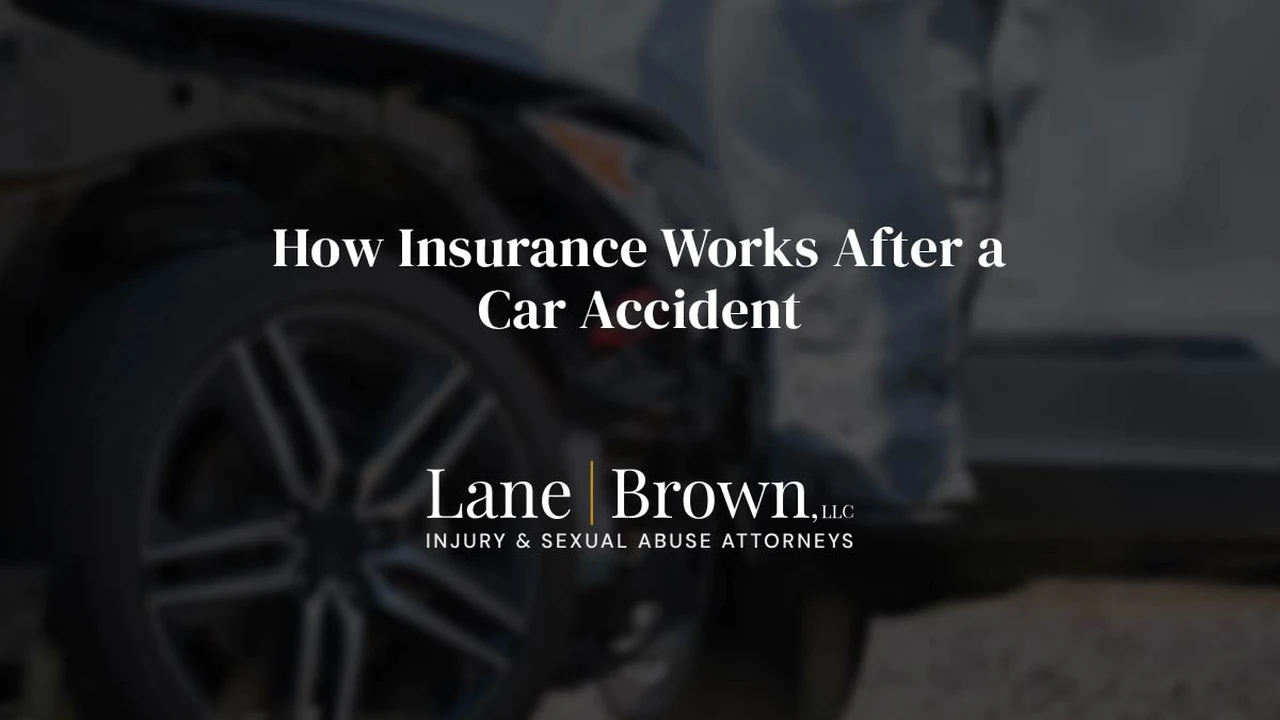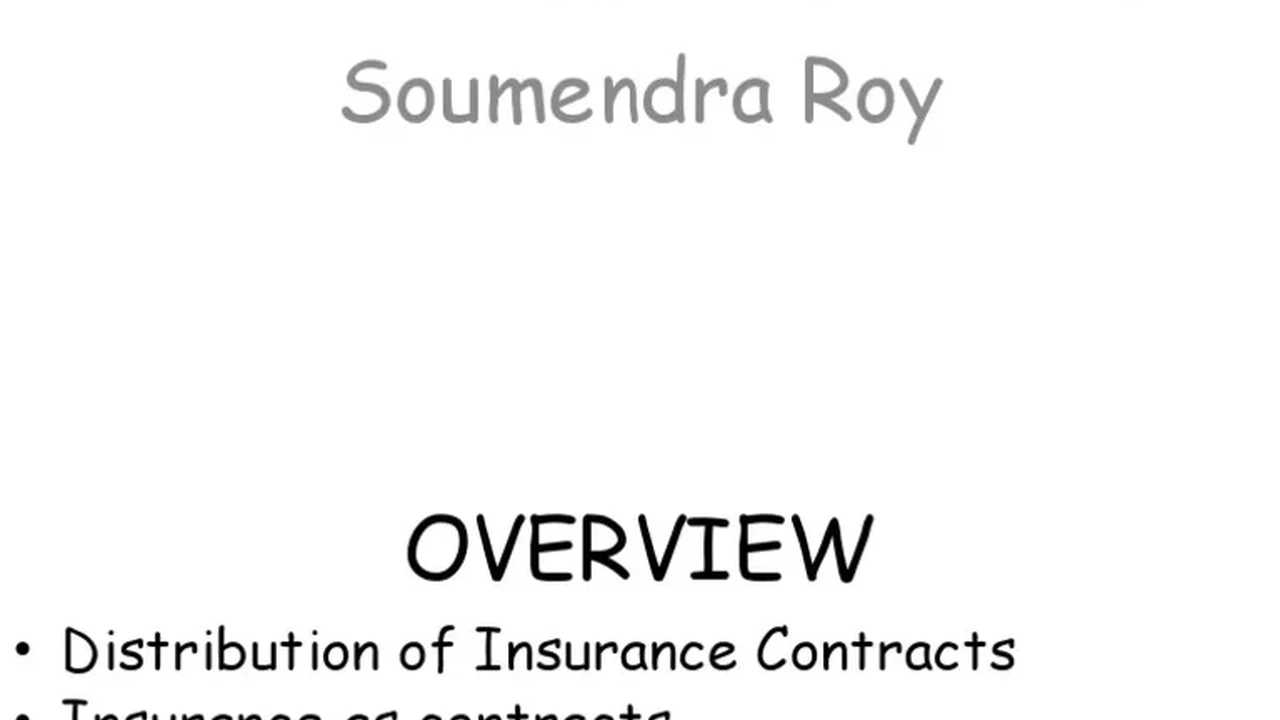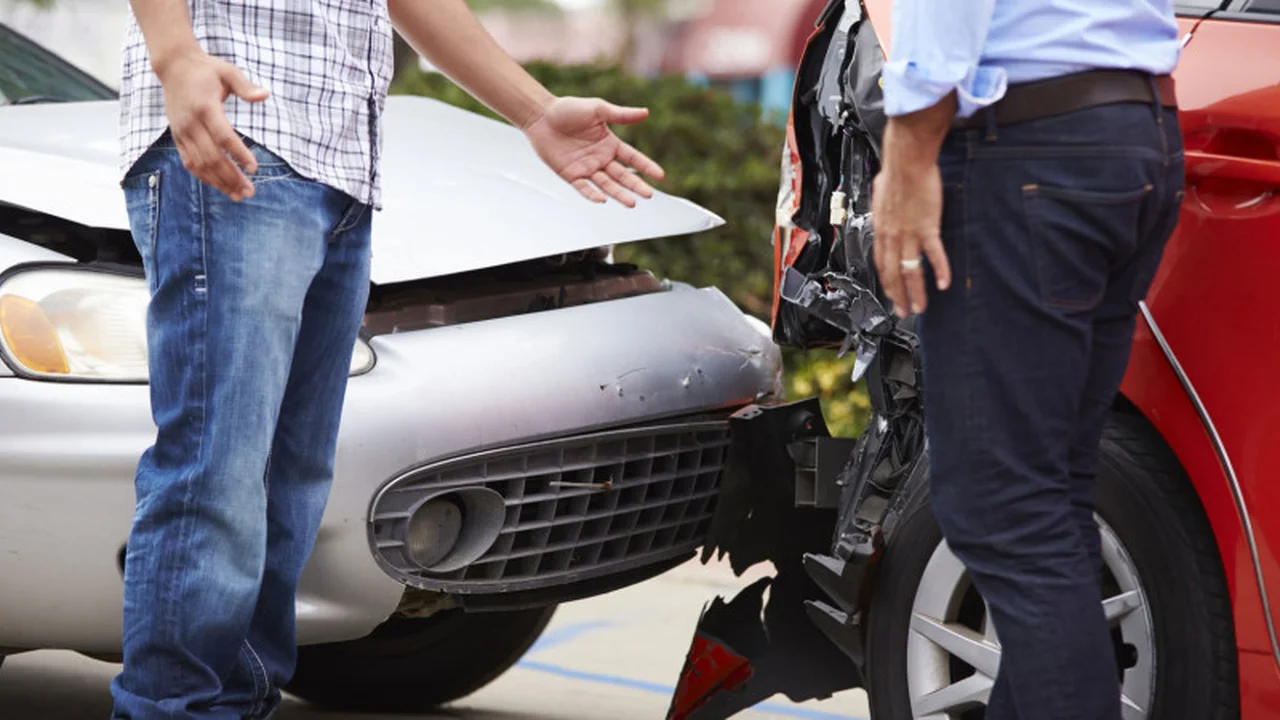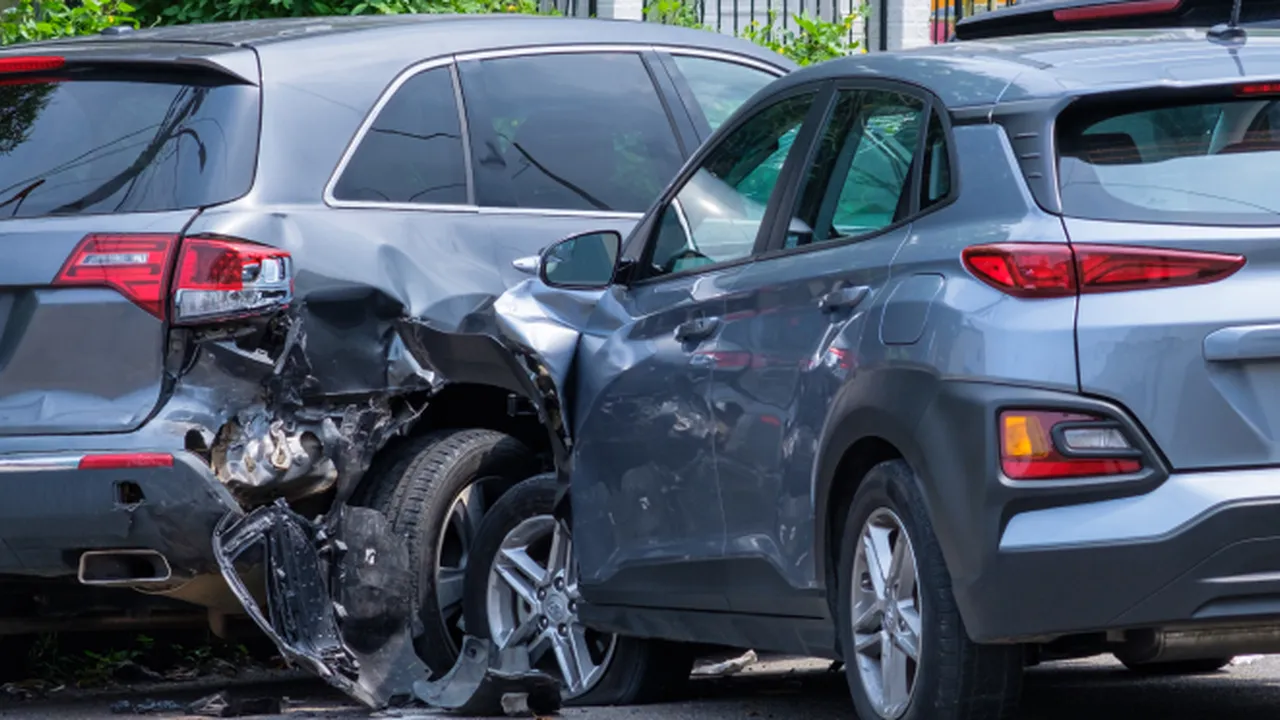How Car Insurance Works After an Accident

Understanding Car Insurance Claim Process After a Car Accident
Okay, so you've been in a car accident. Not fun, right? First things first, make sure everyone's safe and call the authorities if needed. Once the dust settles, it's time to deal with the car insurance. Let's break down how car insurance works after an accident, step by step. This isn't legal advice, just a friendly guide to help you navigate the process.
The very first thing you should do is exchange information with the other driver(s) involved. Get their name, address, phone number, insurance company name, policy number, and license plate number. Also, document everything. Take pictures of the damage to all vehicles, the accident scene, and any relevant road conditions. These photos can be super helpful when filing your claim.
Next, it's time to notify your insurance company. Even if you think the accident was the other driver's fault, it's crucial to let your insurer know. They can guide you on the next steps and protect your interests. Be honest and provide all the details you remember, including what happened, where it happened, and who was involved. They might ask for a recorded statement, so be prepared.
Your insurance company will then investigate the accident to determine who was at fault. This process might involve reviewing police reports, interviewing witnesses, and assessing the damage to the vehicles. They'll look at things like traffic laws, road conditions, and driver behavior to determine liability.
Navigating Car Insurance Coverage Types and Accident Claims
Let's talk about different types of car insurance coverage and how they come into play after an accident. Understanding these coverages can make the claims process much smoother.
- Liability Coverage: This covers damages you cause to others if you're at fault in an accident. It includes both bodily injury and property damage. The minimum amount of liability coverage varies by state, but it's generally a good idea to have more than the minimum to protect your assets.
- Collision Coverage: This pays for damage to your car, regardless of who was at fault. It's subject to a deductible, which is the amount you pay out of pocket before your insurance kicks in.
- Comprehensive Coverage: This covers damage to your car from things other than collisions, such as theft, vandalism, fire, or natural disasters. Like collision, it's also subject to a deductible.
- Uninsured/Underinsured Motorist Coverage: This protects you if you're hit by a driver who doesn't have insurance or doesn't have enough insurance to cover your damages.
- Personal Injury Protection (PIP): This covers your medical expenses and lost wages, regardless of who was at fault. It's required in some states, often called "no-fault" states.
Once the investigation is complete, your insurance company will determine who is at fault. If you're at fault, your liability coverage will pay for the other driver's damages, and your collision coverage (if you have it) will pay for your car's damages. If the other driver is at fault, their liability coverage will pay for your damages.
If you disagree with the insurance company's decision, you have the right to appeal. You can provide additional evidence, such as witness statements or expert opinions, to support your claim. If you're still not satisfied, you can consider consulting with an attorney.
Comparing Car Insurance Products for Post-Accident Coverage
Choosing the right car insurance isn't just about finding the cheapest rate; it's about finding the coverage that best suits your needs and provides adequate protection in case of an accident. Let's look at some specific insurance products and compare their features:
Product 1: State Farm Auto Insurance
Description: State Farm is one of the largest and most well-known car insurance companies in the US. They offer a wide range of coverage options, including liability, collision, comprehensive, uninsured/underinsured motorist, and medical payments coverage. They also offer discounts for things like good driving records, multiple vehicles, and bundling your car insurance with other policies.
Usage Scenario: State Farm is a good choice for drivers who want comprehensive coverage and reliable customer service. They have a strong network of agents who can provide personalized advice and assistance.
Pros:
- Wide range of coverage options
- Strong customer service reputation
- Numerous discounts available
- Financial strength
Cons:
- May not be the cheapest option for all drivers
- Online quote process can be cumbersome
Approximate Price: A basic policy with liability coverage might start around $500 per year, while a more comprehensive policy with collision and comprehensive coverage could cost $1200-$2000 per year, depending on your driving record, location, and vehicle.
Product 2: Progressive Auto Insurance
Description: Progressive is known for its innovative approach to car insurance and its online quote tool. They offer a variety of coverage options, including Name Your Price tool which allows you to input how much you're willing to pay, and they'll show you what coverages fit your budget.
Usage Scenario: Progressive is a good choice for drivers who want to compare rates from multiple companies and find the best deal online.
Pros:
- Easy-to-use online quote tool
- Name Your Price tool
- Good discounts for safe drivers
Cons:
- Customer service ratings can be mixed
- May not be the best option for drivers with complex insurance needs
Approximate Price: A basic policy with liability coverage might start around $450 per year, while a more comprehensive policy could cost $1000-$1800 per year.
Product 3: GEICO Auto Insurance
Description: GEICO is another large and well-known car insurance company known for its competitive rates and extensive advertising. They offer a wide range of coverage options and discounts.
Usage Scenario: GEICO is a good choice for drivers who want to find affordable car insurance and are comfortable managing their policy online.
Pros:
- Competitive rates
- Easy-to-use website and mobile app
- Numerous discounts available
Cons:
- Customer service can be inconsistent
- May not be the best option for drivers who prefer in-person service
Approximate Price: A basic policy with liability coverage might start around $400 per year, while a more comprehensive policy could cost $900-$1600 per year.
Understanding Car Insurance Policy Pricing and Deductibles After a Car Accident
The cost of your car insurance policy is affected by several factors. Here's a breakdown of the key elements:
- Driving Record: A clean driving record with no accidents or tickets will result in lower premiums.
- Age: Younger drivers typically pay higher premiums than older drivers due to their lack of experience.
- Gender: Men tend to pay slightly higher premiums than women, particularly for younger drivers.
- Location: Premiums vary depending on your location, with urban areas typically having higher rates than rural areas.
- Vehicle: The make and model of your car can affect your premiums. Expensive or high-performance cars typically cost more to insure.
- Coverage Levels: Higher coverage limits and lower deductibles will result in higher premiums.
- Credit Score: In many states, your credit score can affect your premiums. A good credit score can result in lower rates.
Your deductible is the amount you pay out of pocket before your insurance company pays for the remaining damages. Choosing a higher deductible will lower your premiums, but it also means you'll have to pay more out of pocket in the event of an accident. Consider your financial situation and risk tolerance when choosing a deductible.
The Role of Legal Representation in Car Insurance Claims and Disputes
Sometimes, dealing with car insurance companies can be a real headache. If you're facing difficulties, it might be time to consider getting a lawyer. Here are some situations where legal representation can be beneficial:
- Serious Injuries: If you've suffered serious injuries in an accident, a lawyer can help you navigate the legal process and ensure you receive fair compensation for your medical expenses, lost wages, and pain and suffering.
- Disputed Liability: If the insurance company is disputing who was at fault in the accident, a lawyer can investigate the accident and gather evidence to support your claim.
- Low Settlement Offers: If the insurance company is offering a settlement that you believe is too low, a lawyer can negotiate on your behalf and fight for a fair settlement.
- Bad Faith Claims: If the insurance company is acting in bad faith, such as denying your claim without a valid reason or delaying the claims process, a lawyer can help you pursue legal action.
Tips for Saving Money on Car Insurance After an Accident
While your rates might go up after an accident, there are still ways to save money on car insurance:
- Shop Around: Get quotes from multiple insurance companies to compare rates.
- Increase Your Deductible: Raising your deductible can lower your premiums.
- Take a Defensive Driving Course: Some insurance companies offer discounts for completing a defensive driving course.
- Maintain a Good Driving Record: Avoid accidents and tickets to keep your rates low.
- Bundle Your Insurance: Bundling your car insurance with other policies, such as homeowners insurance, can result in discounts.
- Ask About Discounts: Inquire about all available discounts, such as discounts for good students, military personnel, and members of certain organizations.
Future Trends in Car Insurance and Accident Claims
The car insurance industry is constantly evolving, with new technologies and trends emerging all the time. Here are some things to watch out for:
- Telematics: Telematics devices can track your driving behavior and provide feedback on your speed, braking, and acceleration. Some insurance companies offer discounts for using telematics devices and demonstrating safe driving habits.
- Autonomous Vehicles: As autonomous vehicles become more common, the car insurance industry will need to adapt to new liability models and coverage needs.
- Usage-Based Insurance: Usage-based insurance (UBI) allows you to pay for insurance based on how much you drive. This can be a good option for drivers who don't drive very often.
- AI-Powered Claims Processing: Artificial intelligence (AI) is being used to automate and streamline the claims process, making it faster and more efficient.
Final Thoughts on Car Insurance After a Wreck
Dealing with car insurance after an accident can be stressful, but understanding the process and knowing your rights can make it much easier. Remember to document everything, notify your insurance company promptly, and don't hesitate to seek legal advice if you're facing difficulties. Stay safe out there!
:max_bytes(150000):strip_icc()/277019-baked-pork-chops-with-cream-of-mushroom-soup-DDMFS-beauty-4x3-BG-7505-5762b731cf30447d9cbbbbbf387beafa.jpg)






